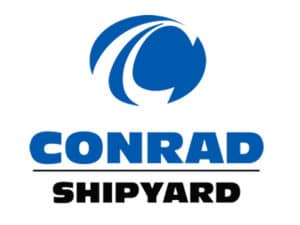
NAVSEA launches Naval Shipyard Innovation Fund
Written by Nick Blenkey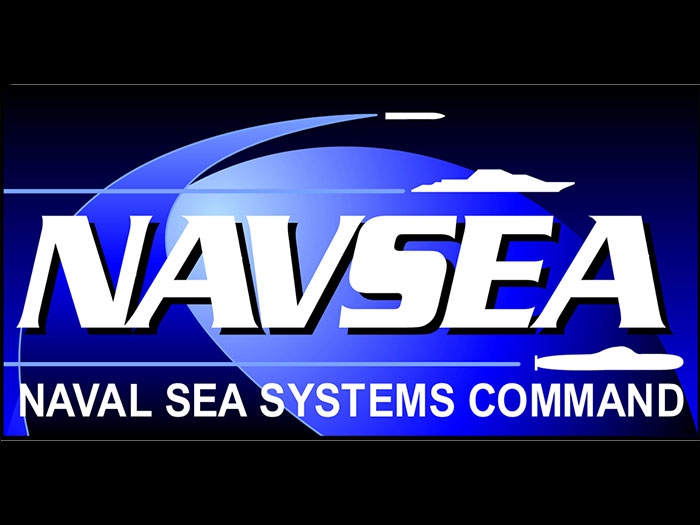
JULY 11, 2016 — The U.S. Navy’s Naval Sea Systems Command (NAVSEA) has announced an inaugural Naval Shipyard Innovation Fund of $1 million to test innovative shipyard projects designed to reduce the time and cost of repairing and returning ships to the fleet.
The fund is tied directly to shipboard maintenance work and support systems that enhance NAVSEA commander Vice Adm. Tom Moore’s priority for Improving Ship Maintenance. It also embraces the Chief of Naval Operation’s High Velocity Learning, including “Innovation – encouraging risk-taking and tapping into the creativity of the workforce to do things better and differently, without fear of failure.”
“This is like a Kickstarter campaign – with a little seed money we can test an idea and see if it will deliver what we think it can,” said Marissa Eyon, industrial process manager of NAVSEA’s Communities of Practice (CoP). The CoP offers an opportunity to test new ideas that have the potential to solve shipyard maintenance challenges and provides funding to allow shipyards to try them out and evaluate their worth to the command.
“Since there are no quick-fix technologies for getting ships out, these efforts are investments into increasing future capacity,” said Eyon.
Under the new program, NAVSEA will evaluate shipyard-proposed and shipyard executed projects monthly and at the end of the fiscal year to ensure each meets its goals in time, quantity, safety and cost projections.
Each project must demonstrate the anticipated results to continue its funding.
“We must continue to support our innovators and reward thinking that is fundamental to an innovative culture,” said Sharon Smoot, executive director for NAVSEA Logistics, Maintenance and Industrial Operations.
The Eight Innovations Projects Projects in the ship maintenance process feature either technological advancements or improvements.
One of the pilot programs is automated tracking of paper and parts through radio-frequency identification (RFID).
Portsmouth Naval Shipyard has already gained cost and schedule benefits through RFID tracking of boat components and work instruction across its industrial complex. According to Jeff Campbell, RFID manager, Portsmouth Naval Shipyard, the other shipyards wanted to realize the same benefits. Norfolk Naval Shipyard has already made plans to adopt this approach if the research is successful.
Campbell sees the naval shipyard innovation effort as the best way to quickly acquire the assets needed to stand-up the RFID systems as well as maintain commonality/standardization across the corporation. After pitching the idea to NAVSEA, “
They set up the corporate review process and helped to manage the various timelines . . . so that we now have firm implementation plans,” said Campbell. “NAVSEA has been a great partner. They bring a lot of resources to the table which helps to quickly stand up new process improvements.”
Seven other initiatives are now underway across NAVSEA shipyards:
THz and infrared thermography for insulated piping
Puget Sound Naval Shipyard and Intermediate Maintenance Facility personnel are exploring alternative Non-Destructive Test methods that will allow the inspection of piping defects prior to removing insulation onboard ship. If successful, this effort could provide up to $2.5 million in cost avoidance for each aircraft carrier maintenance availability.
iHAT – A hat with sensors
This innovative hat will provide workers in storage tanks with real-time information about their health, work environment, and physical location to proactively improve their situational awareness and workplace safety. This concept may also include a Confined Space Safety initiative that could reduce the amount of manual effort needed to maintain these tanks.
500 kW motor generators – in place repair for nuclear-powered attack submarines
This Pearl Harbor Naval Shipyard and Intermediate Maintenance Facility-led effort funds the first of two phases to repair 500kW motor generators without removing them from their extensive shipboard structures. After phase two is completed, it is estimated to yield a cost avoidance of $6.26 million over the Future Years Defense Program.
Metal Laser-cutting – Streamlining a complex conversion process
Laser metal cutting is a multi-step process that involves scanning 2D files, and then laboriously tracing the pattern through computer-aided design to convert the information, making it readily available for existing equipment. This effort will test best processes and programs that automatically scan 2D files and convert the information needed for laser cutting at Pearl Harbor Naval Shipyard and Intermediate Maintenance Facility.
Laser metrology – Automating tank and void monitoring
This project will test automating the manual inspecting and documenting of defect indications in tank and hull structures at Pearl Harbor Naval Shipyard and Intermediate Maintenance Facility.
3D training – Safety first for rigging and crane operators
This initiative will test a 3D scanning and modeling trainer that replicates the actual, complex gear used rigging and crane lift operators in a “safe to learn” environment at Pearl Harbor Naval Shipyard and Intermediate Maintenance Facility.
Fusion/Wiki – Secure project collaboration
Similar to websites such as Wikipedia, Twitter and LinkedIn, the NAVSEA Fusion/Wiki pilot program provides For Official Use Only information-sharing behind the NMCI firewall for more than 1,000 employees to collaborate outside traditional hierarchal lines. The funding upgrades services and features, including a flexible action tracking tool and automated organizational charts to easily find peers across the NAVSEA enterprise. This effort provides a great opportunity for the many shipyard workers seeking continuous improvement to further support the Navy, said Eyon. “So many people are hungry to do better.”
NAVSEA is the largest of the Navy’s five system commands with a mission to design, build, deliver and maintain ships and systems on time and on cost for the U.S. Navy.

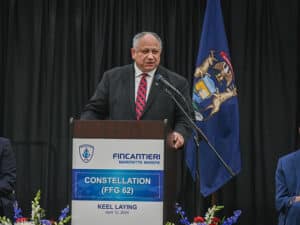
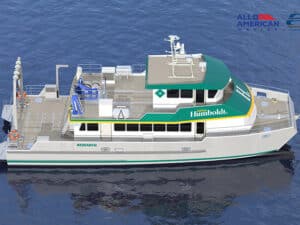
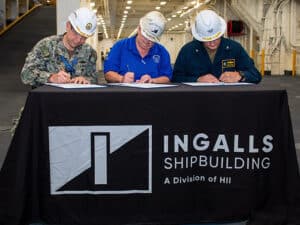

Leave a Reply
You must be logged in to post a comment.